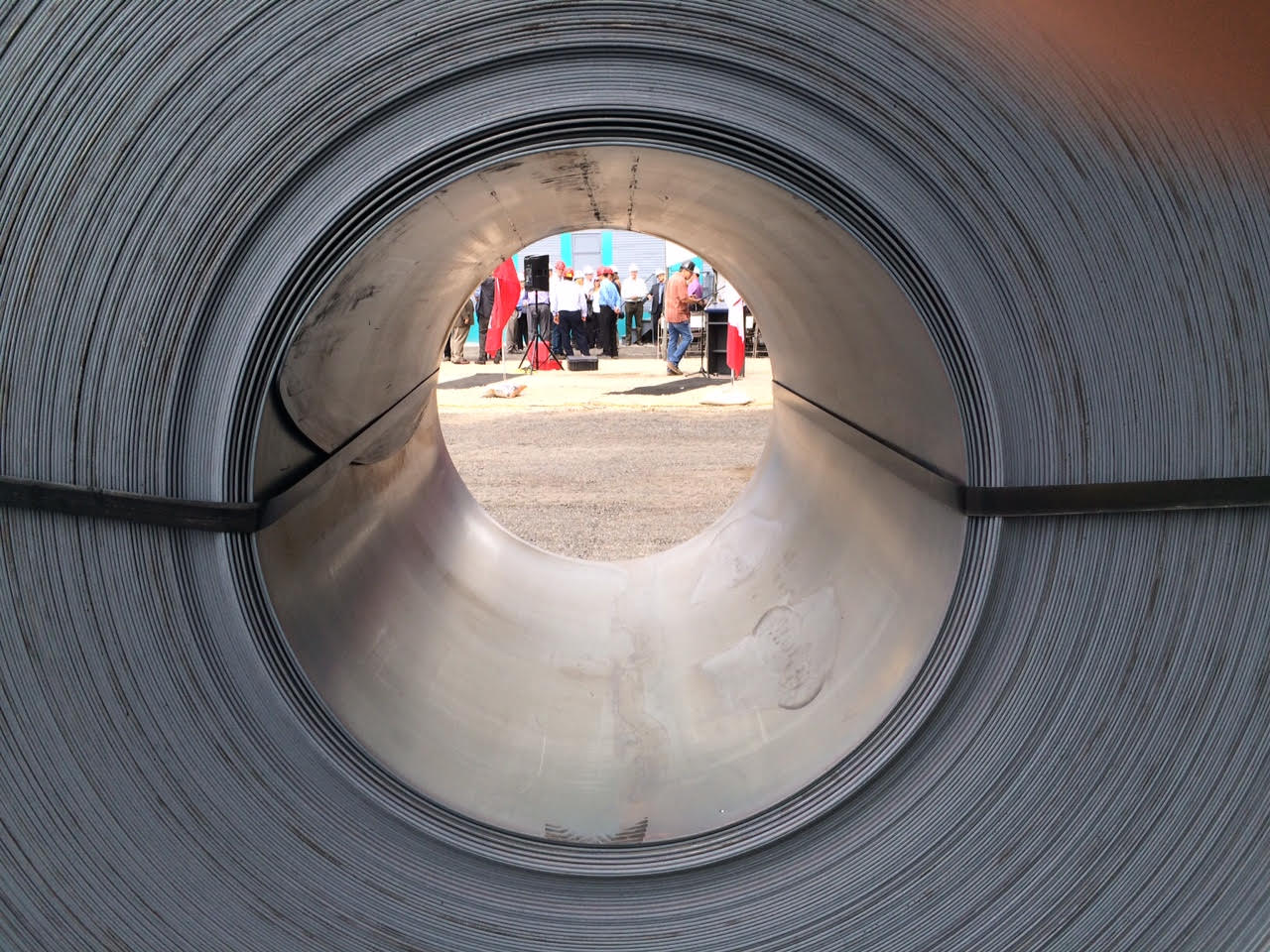
- the importance of each executive's management or operational role
- the importance of each executive to a successful restructuring
- the difficulty of replacing each executive, taking into account the remoteness of Sault Ste. Marie
- the fact that Essar Steel Algoma has been unsuccessfully trying to fill some positions for the past year
- that retention bonus recipients should only be people who couldn't be easily replaced or for whom there are no back-ups
- the risk of bonus recipients seeking alternative employment unless incentives are in place
The bonuses are being opposed by retirees and Steelworkers Locals 2251 and 2724.
The monitor's latest financial statement shows that Essar Steel Algoma has spent $109 million to maintain operations since CCAA proceedings began on November 9.
On July 24 of this year, the Ontario and federal governments both announced $30 million injections to modernize the Sault steelmaker.
Sault MPP David Orazetti has told SooToday that so far, only $1 million of the province's promised $30 million has flowed to the company..
Yesterday, Bonnie Lysyk, Ontario's auditor general, expressed sharp criticism of the province's economic-development and employment-support funding to Ontario businesses.
The following is a news release issued by Lysyk.
- While the ministry recognizes the economic benefits of promoting key regions and establishing industry “clusters” - geographic concentrations of interconnected businesses, suppliers and associated institutions in a particular field - it has not developed strategies, action plans, targets and timetables for growth for its involvement and support for each region and cluster. This includes identifying the educational institutions that would best support that industry and the training andapprenticeship skills needed for each industry; the local availability of skilled workers, suppliers of services and materials and transportation networks; and potential local and foreign markets for the products or services. As it does not conduct such analysis, the ministry cannot fully identify the types of economic-development and employment-support projects that may most effectively strengthen the province’s clusters and regions.
- Even though expert reports stress that economic-development support funding should be focused on increasing exports, developing innovations or increasing productivity, no contracts with recipients formally require improvements in any of these areas. The ministry’s only measures of performance are jobs created and a recipient’s leveraged investment; it has not set a goal for minimum economic growth or unemployment rate reductions. Other provinces have set such goals to guide their economic-development efforts.
- Expert reports have highlighted the importance of small- and medium-sized businesses, which account for about one-third of Ontario’s GDP, to economic development. While 40 percent of projects funded were in this sector, the dollar value of this support amounted to less than four percent of total funding. The ministry has neither assessed how many small- and medium-sized businesses lack access to supports, nor made it clear why its funding is targeted primarily to large businesses.
- The Ministry of Finance provides over $1.3 billion (excluding the small business deduction of $1.6 billion) of corporate income tax-credits specifically targeted to economic development and employment support to businesses each year, but the Ministry of Economic Development, Employment and Infrastructure rarely considers these when determining which businesses to provide grants and loans to.
- Over the last 10 years, the government publicly re-announced almost $1 billion of economic-development and employment-support funding that had already been announced under different funding programs. More recently, the Jobs and Prosperity Fund was announced in January 2015 as a 10-year program with total funding of approximately $2.5 billion; however, the government transferred approximately $780 million of commitments previously announced under older programs into the Jobs and Prosperity Fund.
Essar Steel Algoma sister firm doesn't pay bills. Gets ultimatum
David O. writes an urgent letter to Justin T. about local livelihoods
Essar Steel Algoma seeks millions in bonuses for 23 key executives
Union did not protest Essar's skipped payment to pension plan
Essar Steel Algoma creates good-paying jobs. For 46 lawyers
Local businesses left holding millions in dicey Essar debt
Province hasn't given promised money to Essar Steel Algoma. Yet
Sheehan talks to Essar CEO. He's not asked to help
'We expect to come out of this a much stronger company' - Kalyan Ghosh
Mayor already talking to Essar Steel Algoma
Essar Steel Algoma to continue operations during restructuring
Essar Steel Algoma enters creditor protection, says report